Explore the most reliable mobile concrete batching plants for West Indonesia's August rainfall, designed to minimize delays and enhance construction productivity.
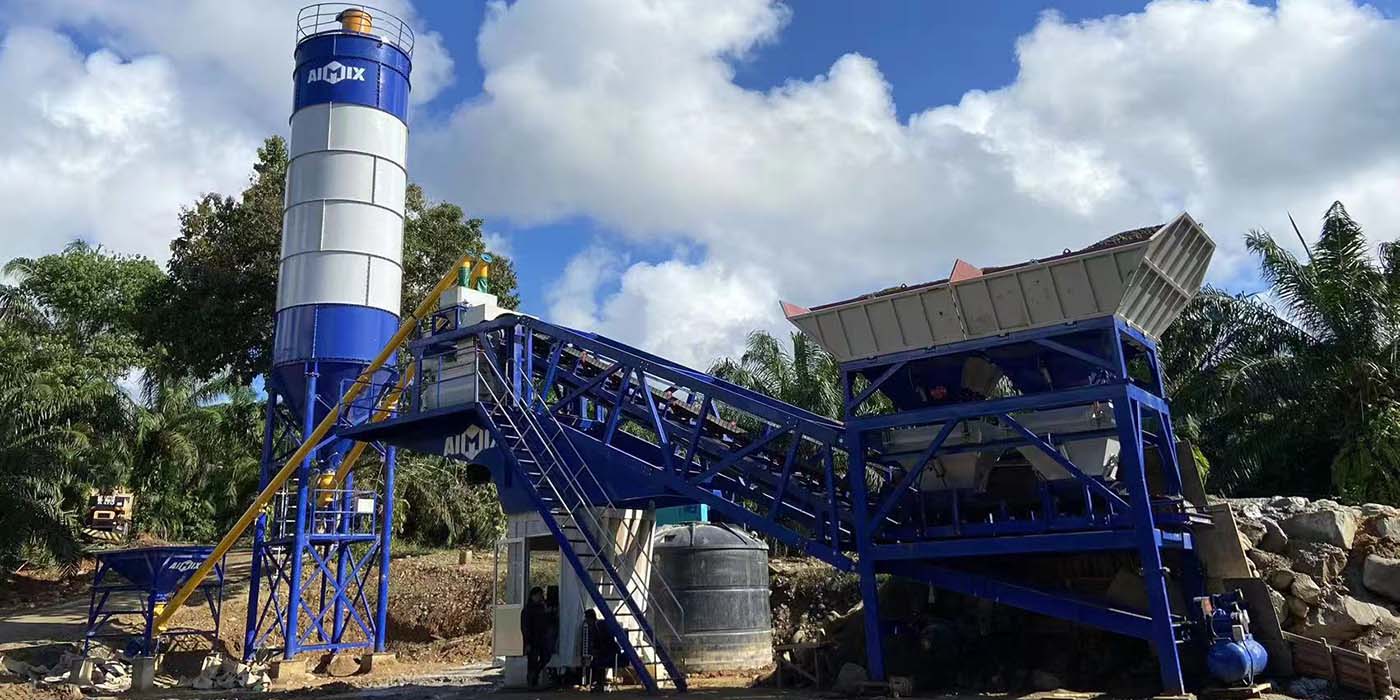
In West Indonesia, construction doesn’t stop when the rain starts—especially in August, one of the wettest months of the year. But heavy rain often delays concrete production, disrupts schedules, and increases project costs. So, how can contractors continue producing concrete on-site without unnecessary downtime? The answer lies in choosing the right mobile concrete batching plant. In this article, I’ll help you find the most rain-resistant mobile batching plant for your site conditions.
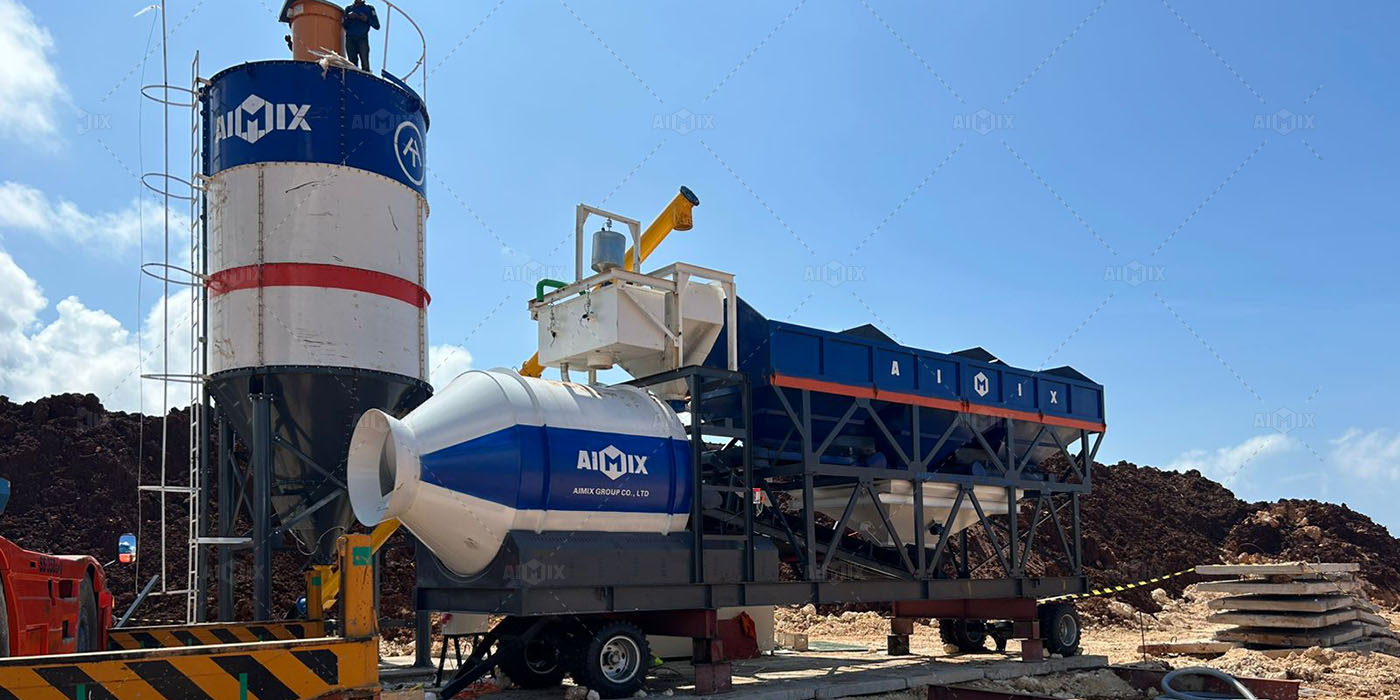
August in West Indonesia is known for its high rainfall and unpredictable weather patterns. Contractors working on infrastructure, housing, or remote development projects face challenges like:
In these conditions, choosing a mobile concrete plant that’s designed for wet environments isn’t just a smart move—it’s necessary to keep the job on track.
Before diving into plant models, let’s clarify why mobility and protection from rain are the key to reducing downtime. In August, many project sites become hard to access. A stationary batch plant requires a lot of prep work, concrete foundations, and weather protection. That’s a time sink when rain could arrive any day.
Mobile plants, on the other hand, offer:
But not all mobile batching plants are equal in rain resistance. Some models handle wet conditions far better than others.
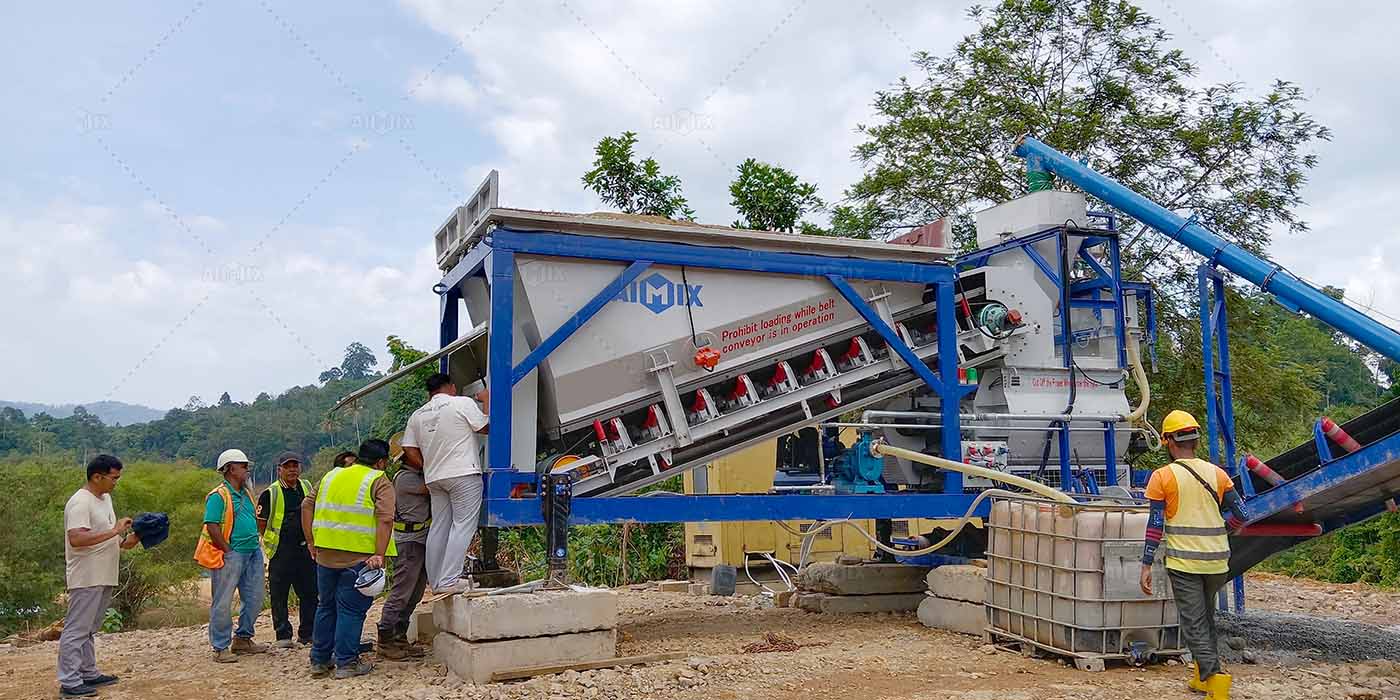
After years of experience and customer feedback from West Indonesia, I’ve found three plant models that consistently perform well during August rains. Each has a different focus, depending on your jobsite size, budget, and mobility needs.
This model balances mobility with stable output. With a capacity of 35 m³/h, it's well-suited for small to medium road or building projects. Its compact design makes transport easier, even on muddy access roads.
Why it's rain-resistant:
When you're working on larger infrastructure or road projects, you need more concrete, faster. The AJY-60 produces up to 60 m³/h and includes twin shaft mixers for better consistency.
What makes it stand out:
On smaller island jobsites or short-term projects, mobility becomes the top concern. The AJY-25 mini concrete batching plant for sale, with a 25 m³/h capacity, is the easiest to transport and install—making it a popular choice during the rainy season.
Best for:
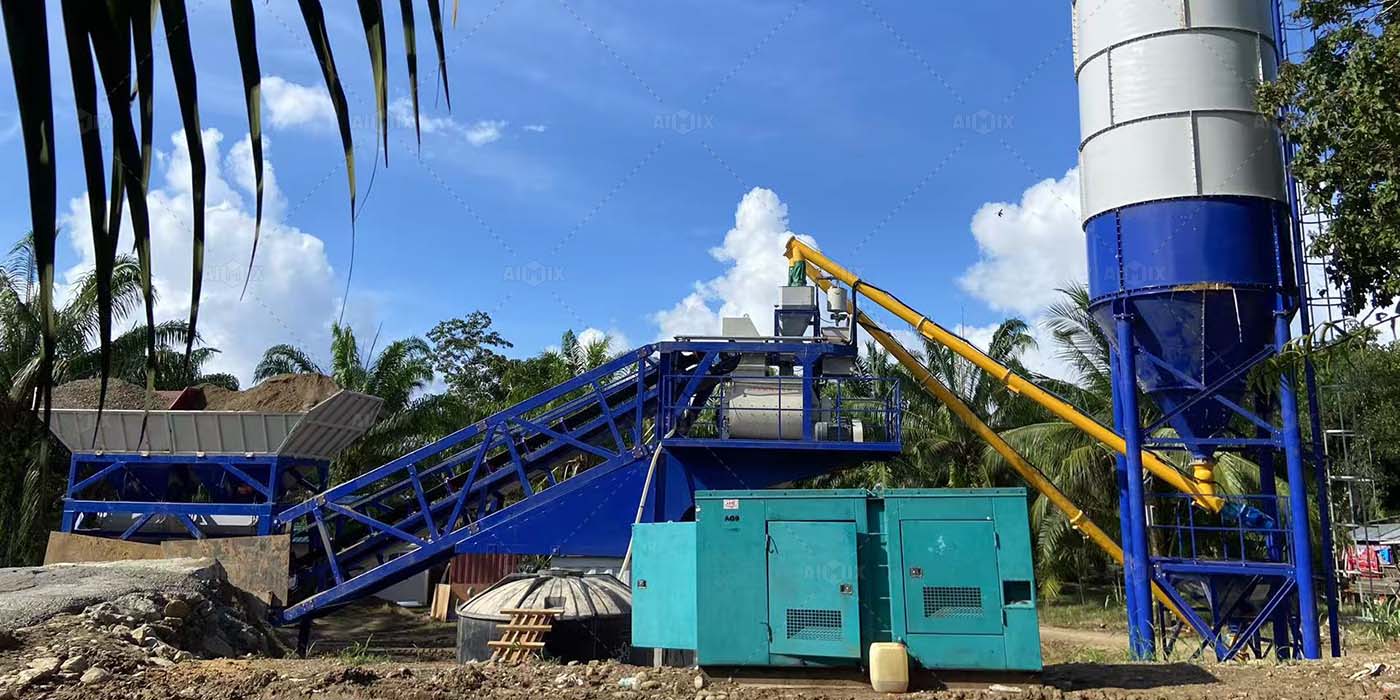
Aside from capacity and structure, there are several other aspects that help mobile plants handle the rainy season better:
These features don’t just improve productivity—they reduce maintenance costs and downtime caused by wet conditions.
It depends on your project scale and environment:
And if your site frequently changes or is difficult to access during rain, always prioritize compact design and fast assembly.
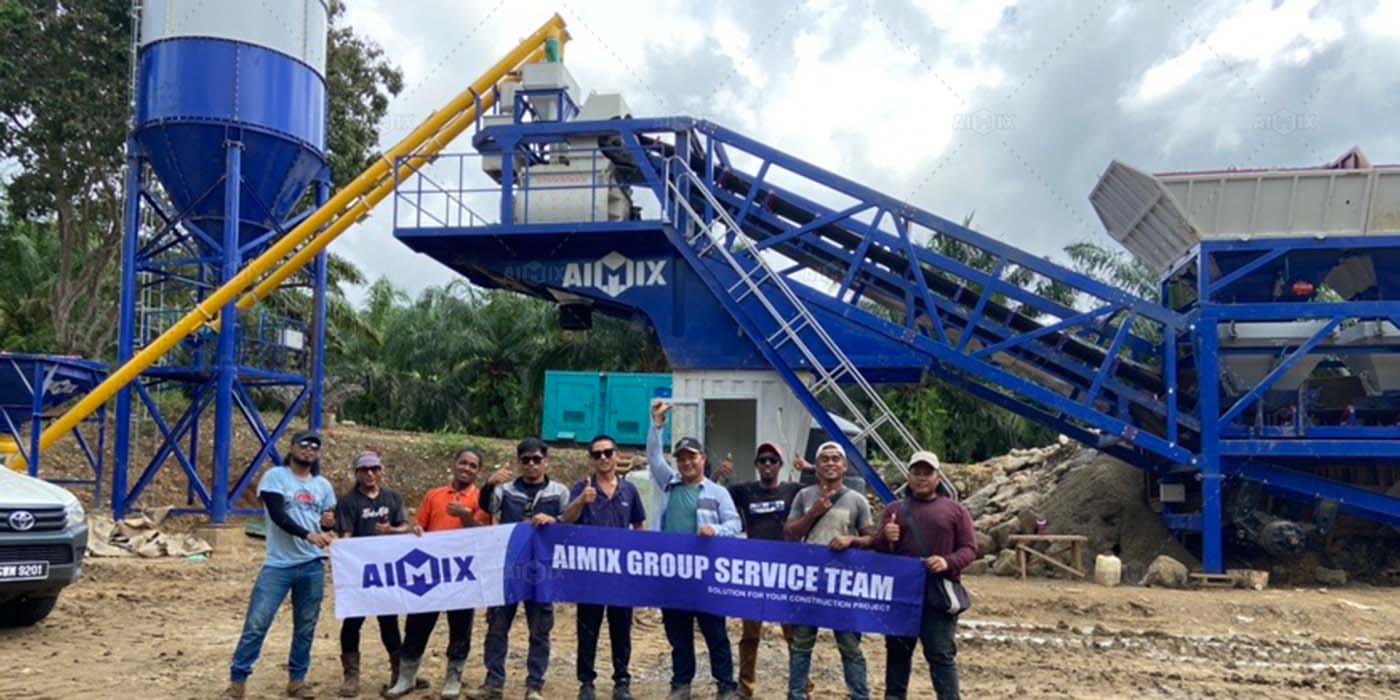
In West Indonesia, rain is part of the job. But delays don’t have to be. With the right mobile concrete batching plant, you can keep production steady, reduce weather-related risks, and finish your project on time—even when the clouds open up.
Choosing the right equipment now means fewer headaches later.
Every site is different. If you're unsure which plant suits your location, let’s discuss it. I’ll help you match your needs to the right model—one that’s built to handle Indonesia’s toughest months.
Contact us today for a quote or technical advice. Don’t let the rain hold your project back.